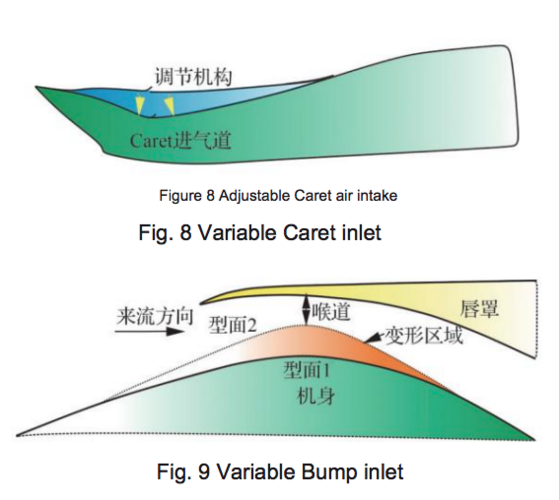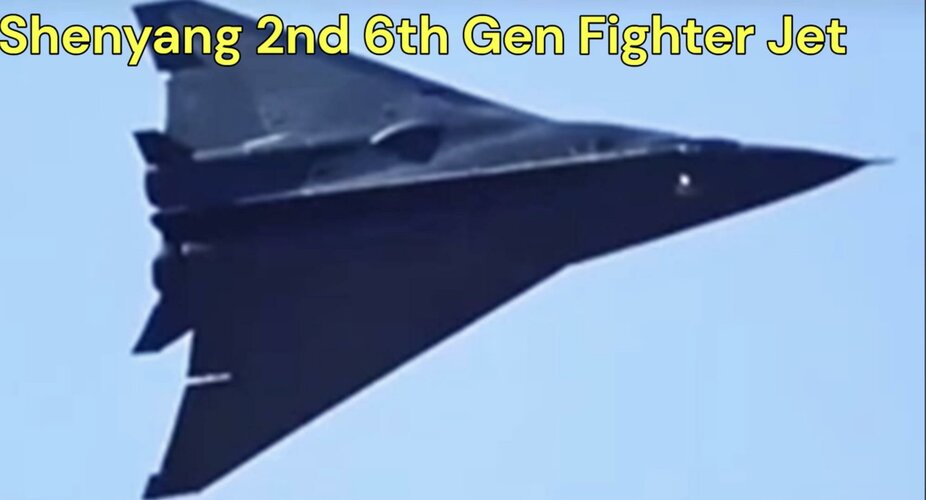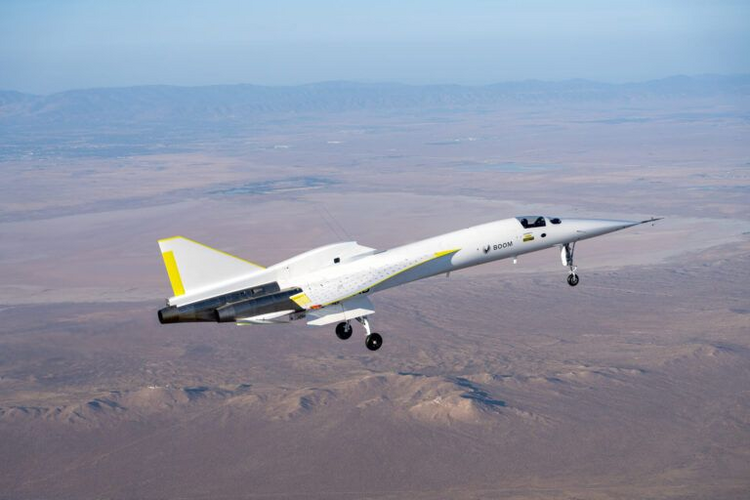well Physics are the same now and in the future for something are called laws, the J-36 continues following the same rules of any delta wing aircraft.
Nothing new under the sun, what I mean is if its a delta its take offs are long, it lacks tail, so it has to use split rudders for yaw control as any previews flying wing.
If I wanted to make a very fast aircraft I would had followed the XB-1 boom supersonic
A slender circular cross section long karman body pencil shaped fuselage, the tree engines are not positioned the same the top intake feeds an engine far aft than the side engines making it much slender thus it will manage to reduce drag of its 3 engines configuration.
It has a large vertical tail, aft tail and a relatively small wing and since it uses flat ramps all intakes are the same
View attachment 754066
In my personal opinion J-36 uses many solutions but not for aerodynamics, but stealth and in my opinion they have prioritized payload, if it is a fighter it is like MiG-31 a sniper, BVR as priority.
In my opinion, this is no dog fighter, it is an aircraft for BVR combat.
Deltas bleed lift easily in turns without canards or/and aft tail, and without vertical tail, J-36 it will bleed more lift in turns add it is too heavy, so I think the USAF saw that in their project so very likely they want something smaller and B-21 can do the same J-36 will do. That my opinion.





